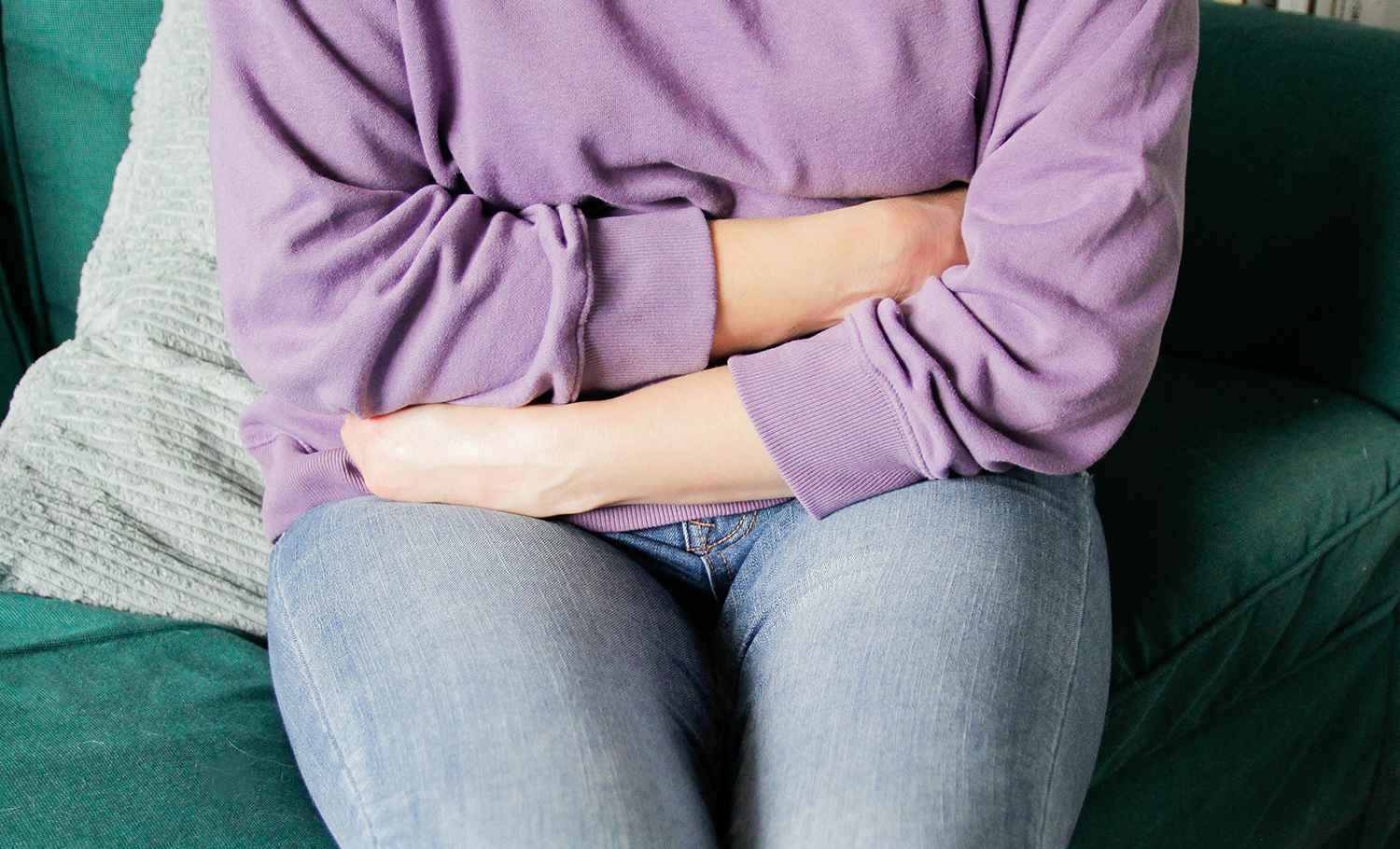“It's important to have a global approach to endometriosis so that the disease doesn't take over your life.”
18 March 2025 | Comment(s) |
Lisa Flückiger

Although endometriosis is one of the most common gynaecological diseases, it still takes an average of seven to 10 years for those affected to receive a diagnosis. Dr Simone Kamm, Deputy Director of the Endometriosis Centre at Limmattal Hospital, explains what the disease is and what symptoms should prompt women to seek medical advice.
Groupe Mutuel: Dr Kamm, what exactly is endometriosis?
Dr Kamm: Normally, a mucous membrane forms in the uterine cavity every month. This forms the basis for pregnancy and menstruation. In the case of endometriosis, the cells that form this lining are not where they should be. They are in the wrong place, generally in the lower abdomen. In principle, they do exactly the same thing there, i.e. they form a mucous membrane and cause bleeding, but to a very limited extent. However, this is enough to cause irritation, i.e. chronic inflammation of the tissues.
The cause of endometriosis is not yet known. What is certain is that endometriosis cells, like the cells of the lining of the uterine cavity, react to female hormones. In this way, you could say that oestrogen “feeds” the endometriosis.
Why is endometriosis discovered so late in many women?
One of the main reasons for this is that the symptoms vary greatly. They range from the most intense pain to slight intestinal problems or pronounced fatigue. This is why the disease is known as a “chameleon disease”.
Often, different tests reveal nothing, but this in no way must rule out the disease. This may, however, send the wrong message about taking the disease seriously. Furthermore, menstrual pain and pain during sexual intercourse are among the most frequent symptoms of endometriosis. Unfortunately, these symptoms have long been considered taboo or normal, and still are, even by specialists.
What symptoms should prompt a consultation with an endometriosis specialist?

Menstrual pain, which can easily be treated with one or two painkillers, is very common and is not a warning sign. Menstrual pain that causes you to stop school or work despite taking the maximum dose of painkillers is not normal and should be investigated further.
Chronic abdominal or bowel pain without a clear diagnosis should also be investigated and screened for endometriosis. Pain during sexual intercourse or the absence of an unintended pregnancy are also reasons for further investigation.
How do the women concerned feel, and what advice would you give them?
Endometriosis is a chronic condition that causes recurrent and exhausting pain. Well-being and quality of life can be severely reduced. The disease has an influence on many aspects of everyday life: relationships, sexuality, family, education, work, friendships and leisure activities. In short, endometriosis can take over your life.
Unfortunately, conventional medical therapy alone is not always enough. Other alternative therapies such as sport, nutrition, physiotherapy, yoga, sex therapy, self-help groups or psychological support are all the more important. Mental health is extremely important in the overall treatment concept. It can help to integrate the disease into your life and to feel like a “woman” despite the illness. Anything that helps is beneficial, even if it hasn't yet been scientifically proven.
What can people with endometriosis do if they want to have children?
Investigations into involuntary infertility should be carried out by specialists. It is important to waste as little time as possible, depending on your age, in order to obtain the best possible information and support. Close collaboration between specialists, for example in an endometriosis or fertility centre, is extremely important. And if the woman has a choice, it's advisable not to wait too long to become pregnant.

Do you have any advice for managing pain on a daily basis?
One of the main aims of endometriosis treatment is to prevent chronic pain. Recurrent pain provokes a whole series of changes in the nervous system, until the brain eventually adapts and pain perception and processing deteriorate permanently. In such chronic situations, it is extremely difficult to help patients.
Are there alternative therapies to hormone treatments?
Hormone treatments are currently having a tough time of it all over the world. The constant increase in social media activity is a major reason for this. As a result, acceptance of the pill and hormones has fallen sharply. In my opinion, this is partly acceptable and defensible when it comes to contraception.
In the case of endometriosis, on the other hand, hormone treatment is a medical treatment to prevent chronic pain, organ deterioration and infertility. With hormone therapy, we try to deprive the endometriosis cells of their “food”, i.e. the hormone oestrogen, and thus trick the cells. Without oestrogen, cells are deactivated, inflammation does not take place and damage does not occur. Until we know the cause of the disease, hormone therapy remains the best option.






